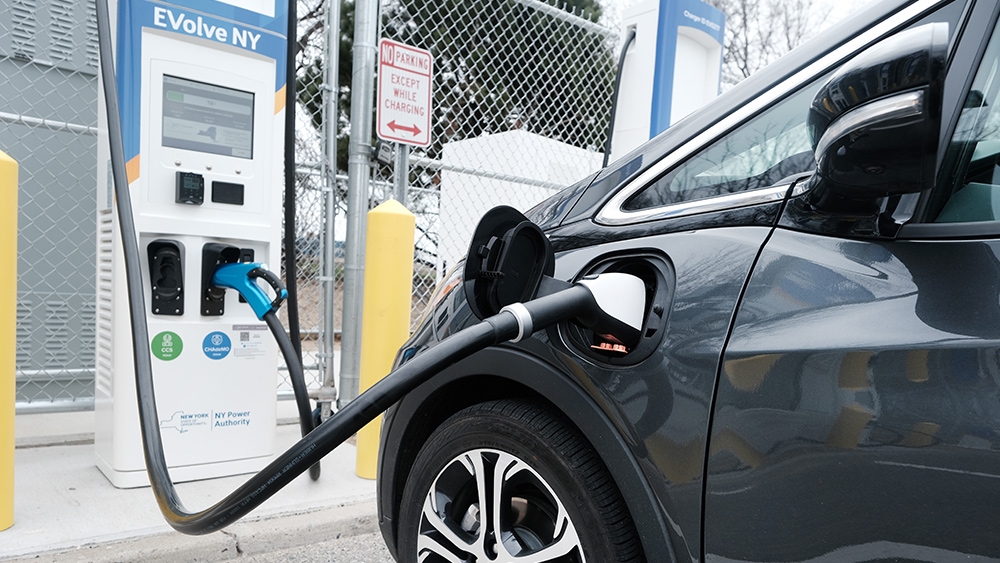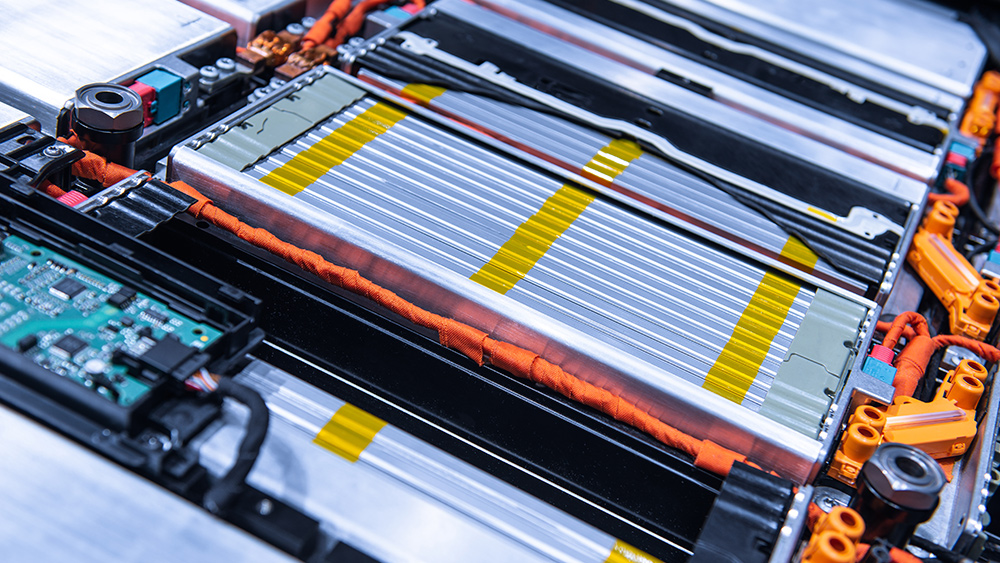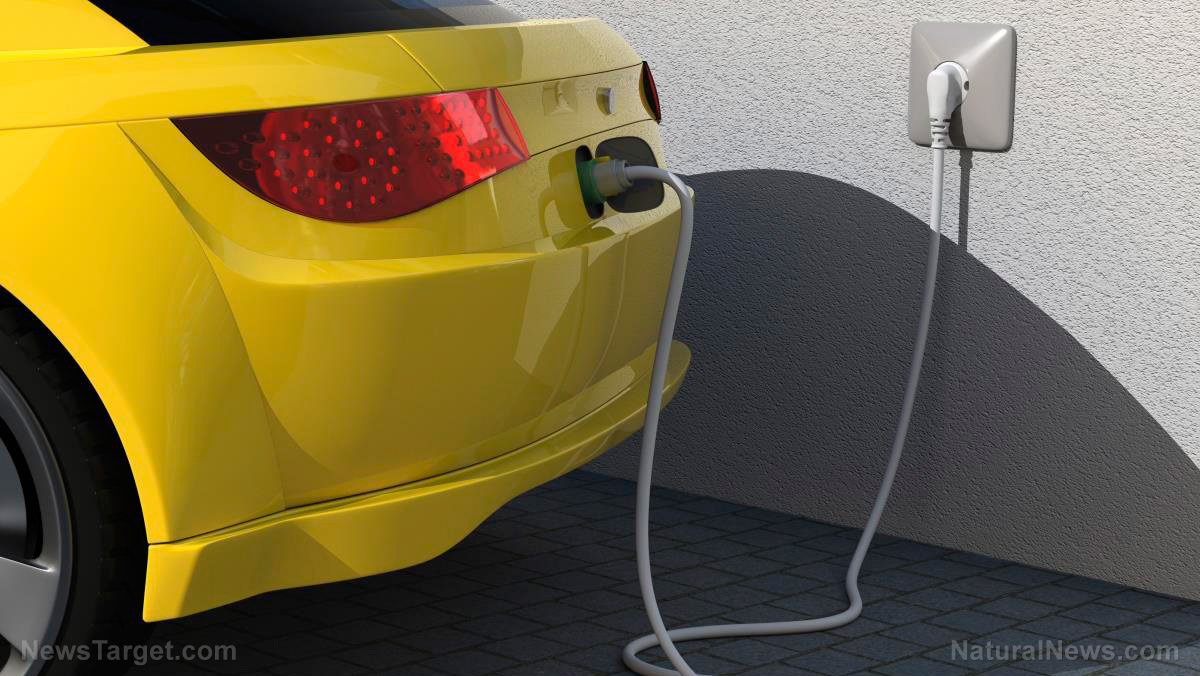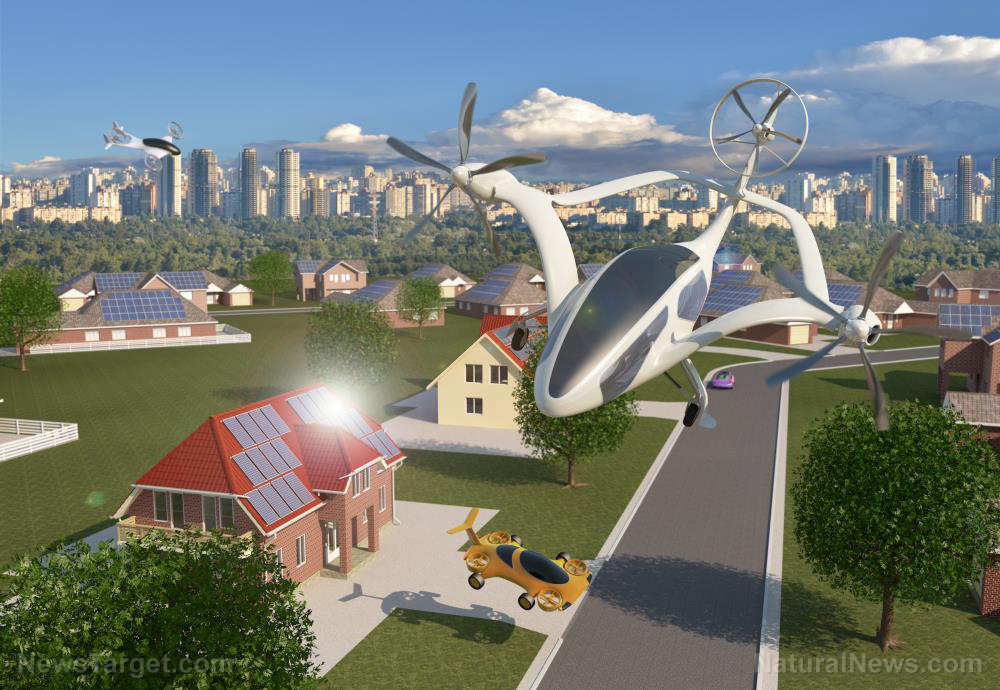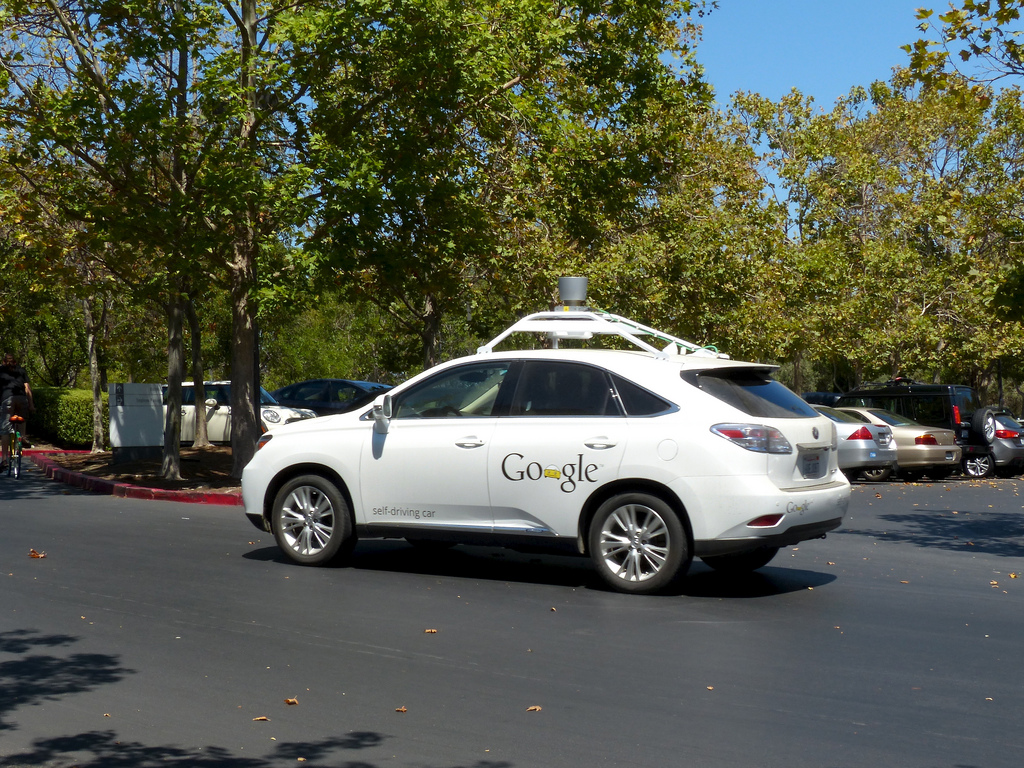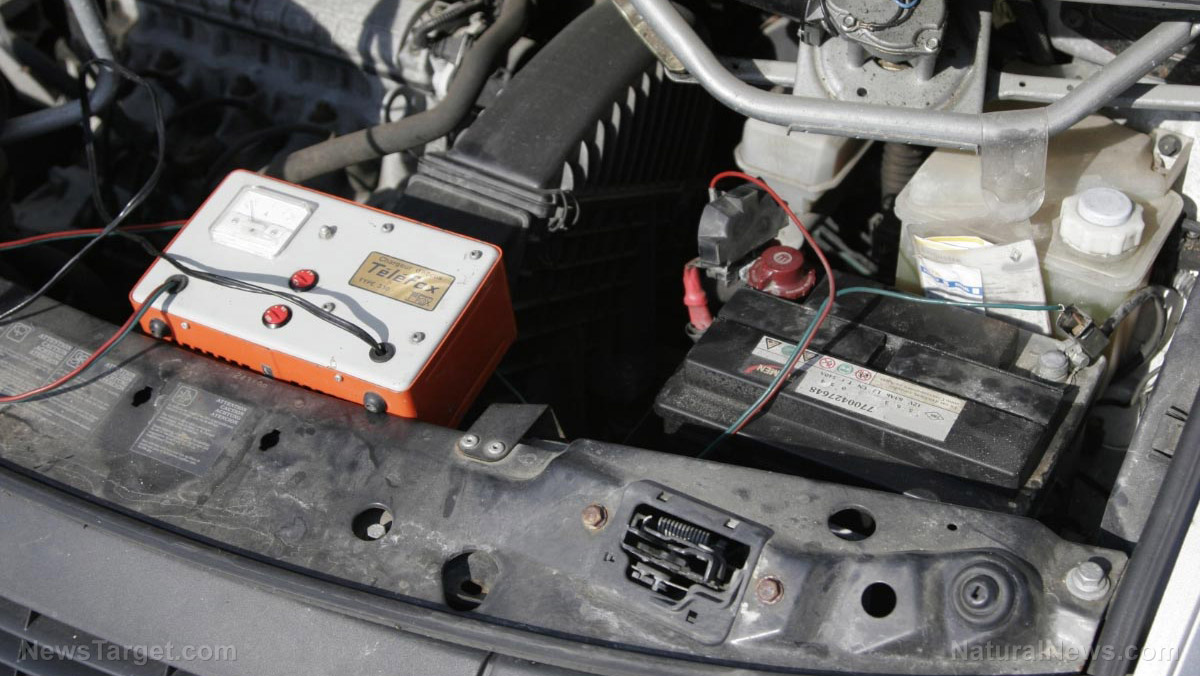Renault mulls introducing battery-swapping in its electric vehicles
05/25/2021 / By Franz Walker

French automaker Renault announced that it’s considering introducing battery swapping technology in its electric cars. This could potentially make it the first major international automaker to embrace the technology.
Most current electric vehicles (EV) require their drivers to charge their car’s batteries from a charging station or outlet when they run out of power. This tends to take more time than simply filling a gas tank, making using EVs for long trips more inconvenient than fossil fuel-burning vehicles. (Related: Tesla drivers forced to wait up to an hour in long lines to charge their vehicles.)
Renault’s proposal would allow drivers to replace spent batteries with recharged ones within minutes at dedicated stations. This resurrects an idea first introduced by the automaker more than a decade ago – one that has since been adopted by smaller automotive startups in China.
Battery swapping would decouple cost of batteries from EVs
Renault chief executive Luca de Meo announced that he was assessing the feasibility of using battery swapping technology during the Financial Times‘ “Future of the Car Summit” on Tuesday, May 11.
“I’ve asked our engineers to find the solution to go back to the original idea that was pioneered by Renault around 2010/11 and maybe we’ll see the thing coming on some of the cars,” he said.
“It’s not decided, but I see it as an interesting opportunity,” he added. “We need to find a pragmatic solution, but from a business point of view, there’s a point separating the battery from the car.”
Battery-swapping technology would allow automakers to decouple the cost of batteries from their new electric vehicles. This would prevent drivers from being concerned about depreciating battery capacity or value. (Related: Tesla’s supercharger network in Australia officially costs more than filling your car with gas.)
While no major international automakers have adopted the technology, Renault has dabbled in it in the past.
In 2010, the French automaker became the primary partner for Better Place, an Israeli startup that hoped to revolutionize the electric mobility industry. The company had initially set up shop in Israel, Denmark and Hawaii. But it was plagued by financial difficulties and mismanagement, leading to its bankruptcy in 2013.
Other automakers have also tried, but have eventually focused instead on reducing charge times. U.S. EV pioneer Tesla also began testing battery swapping technology in 2013, but it dropped the project a few years later as consumers expressed interest in its fast-charging Supercharger network.
China takes lead in promoting battery swapping EVs
Even as major international automakers have largely passed on battery charging, smaller startups have embraced the technology. Chinese EV startup NIO revealed that it had recorded a milestone of 2 million battery swaps to date. It has since announced plans to double its Chinese battery swap network to more than 500 stations in 2021, while also opening a swapping station in Norway later this year.
Other Chinese automakers, such as BAIC and Geely, have also pushed battery swapping technology. Geely recently released footage showing off its 1-minute automated battery swapping station.
The growth of battery-swapping technology in China has gotten the government involved. This month, the country approved the first official EV swappable EV battery standard and safety guidelines, which are set to go into effect on Nov. 1.
According to Xin Guobin, vice-minister of China’s Ministry of Industry and Information Technology, the government is interested in pushing battery-swapping for a number of reasons. Chief among these are the reduced costs for vehicle buyers, cheaper charging by charging during off-peak hours and extended convenience for owners who can choose different sized batteries depending on what they need on a given day.
The question now then is whether China’s adoption of these new standards will have any meaningful impact on the deployment of battery swapping EV technology in the rest of the world.
The majority of EVs on the road in the rest of the world, including in America, use non-swappable batteries and have the infrastructure in place to support them. Bringing battery swapping to these places would then require more investment to build the infrastructure for those.
But Renault’s de Meo is undeterred. He said that the company is looking to a future where its home nation would become “an ecosystem that is more centered on electric vehicles.”
For more on up-and-coming electric vehicle technologies, follow RoboCars.news.
Sources include:
Tagged Under: BAIC, battery swapping, cars, China, electric car, electric vehicles, electricity, energy, France, future tech, Geely, good tech, NIO, power, Renault, renewable energy, tesla
RECENT NEWS & ARTICLES
RoboCars.News is a fact-based public education website published by Robo Cars News Features, LLC.
All content copyright © 2018 by Robo Cars News Features, LLC.
Contact Us with Tips or Corrections
All trademarks, registered trademarks and servicemarks mentioned on this site are the property of their respective owners.






